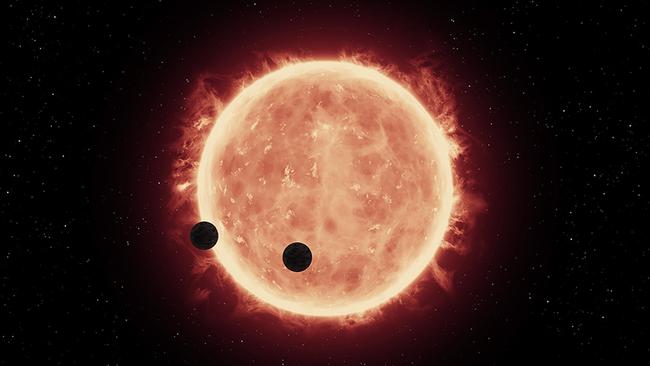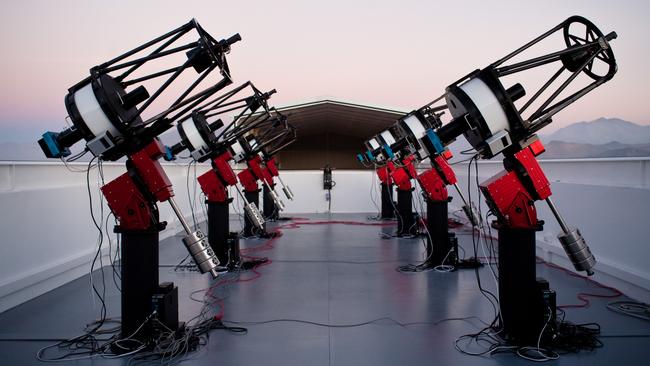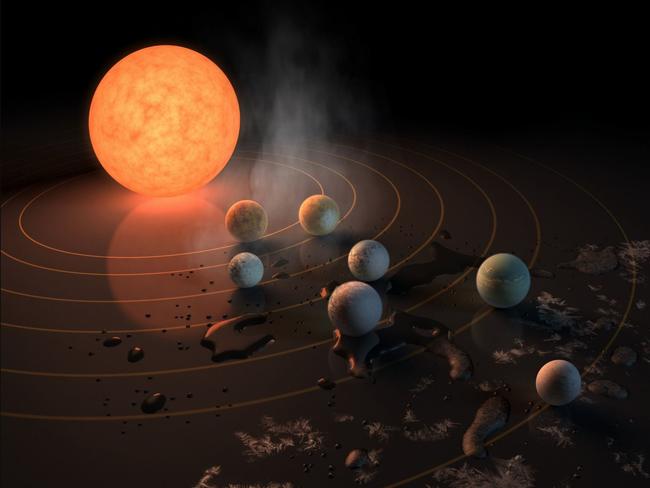‘Habitable’ mystery planet found 39 light years away
A NEWLY-discovered planet has been found orbiting a star in a so-called liquid-water “habitable zone” 39 light years away.

News
Don't miss out on the headlines from News . Followed categories will be added to My News.
A MYSTERY planet has been found orbiting a star in a so-called liquid-water “habitable zone” 39 light years away.
INSIDE VIRGIN GALACTIC’S SPACE HQ
The newly identified temperate and rocky planet, called LHS 1140b, with a radius 1.4 times that of Earth, was detected orbiting a dwarf star with a mass less than 60 per cent of our sun.
Scientists at the Harvard Smithsonian Centre for Astrophysics say the planet’s cool insolation (low exposure to solar radiation) places it within the liquid-water habitable zone of its star, the science journal Nature reports.

The small size of the host star and its proximity to Earth will allow further telescopic examination to determine whether the mystery planet has an atmosphere, and if so, what gases are present.
“Given its large surface gravity and cool insolation, the planet may have retained its atmosphere despite the greater luminosity (compared with the present day) of its host star in its youth,” the Harvard report found.
The discovery follows that of TRAPPIST-1 and its bank of seven habitable-zone planets at a distance of 40 light years from Earth, and adds to a growing collection of identified planets that may afford the physical capacity for some life forms.

LHS 1140b was observed using the MEarth-South telescopes in Chile. Harvard’s Jason Dittmann said its size indicated a rocky composition and a formation history likely to be similar to that of Earth.
In addition to the MEarth telescopes, the Hubble Space Telescope, in constant orbit for 27 years, is assessing ultraviolet emissions of LHS1140, which will determine “the current habitability of LHS 1140b and constraining any ongoing atmospheric escape from the planet”.
The planet’s small star is an M dwarf, the type that makes up three-quarters of the stars in the galaxy.


